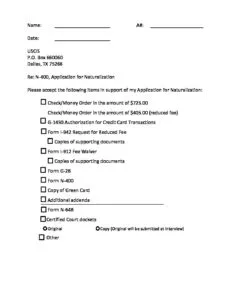Understanding the N400 Cover Letter
The N400 cover letter is a crucial document accompanying your Application for Naturalization (Form N-400). This letter serves as a formal introduction of your application to the United States Citizenship and Immigration Services (USCIS). It acts as a roadmap, guiding the USCIS officer through your application package and highlighting the key aspects of your case. A well-crafted cover letter can significantly increase the chances of a smooth and efficient review process, ensuring that all required information is readily accessible and clearly presented. Think of it as your first impression and an opportunity to present your case in the best possible light. It also helps organize your documents, making it easier for the USCIS to understand your application.
Purpose of an N400 Cover Letter
The primary purpose of an N400 cover letter is to provide a concise overview of your application and its supporting documentation. It helps the USCIS officer quickly understand the nature of your application. It ensures all required forms, documents, and evidence are included. It demonstrates your attention to detail and commitment to providing a complete and accurate application. Moreover, it acts as a checklist, ensuring that you’ve included everything necessary. This organization can reduce processing times and minimize the risk of delays or requests for further evidence. Ultimately, a well-written cover letter can streamline the naturalization process.
Key Components of a Strong N400 Cover Letter

A strong N400 cover letter should be well-organized, clear, and concise. It must include essential elements to facilitate the USCIS review. First, it must contain your full legal name, address, and contact information. Secondly, it should clearly state the purpose of the letter, which is to apply for naturalization. Specify the form type, in this case, Form N-400, and the date of your application. Include a comprehensive list of all the documents enclosed with your application, acting as a checklist for the USCIS. Finally, it should be polite, professional, and free of errors. A well-structured cover letter is a testament to your meticulous approach to the application process.
Applicant’s Information
Start your cover letter by providing your full legal name, as it appears on your green card or other official documents. Include your current mailing address, phone number, and email address. This information ensures that the USCIS can easily contact you regarding your application. It’s also essential to include your Alien Registration Number (A-Number), which is unique to you and helps the USCIS quickly identify your case. The inclusion of this personal information is a standard practice, helping USCIS to process your application efficiently. Incorrect or missing information can lead to processing delays, therefore, accuracy is critical.
USCIS Information
In the header of your cover letter, specify the USCIS service center where you’re submitting your application. This is typically based on your place of residence. You can find the correct address on the USCIS website or the instructions for Form N-400. Including the correct address ensures your application reaches the appropriate office for processing. Additionally, it’s important to include the date of the cover letter to establish a record of when the application was submitted. This information aids in tracking and processing your application, avoiding potential misdirection. Correct USCIS information minimizes delays, ensuring a smoother naturalization process.
Document Checklist
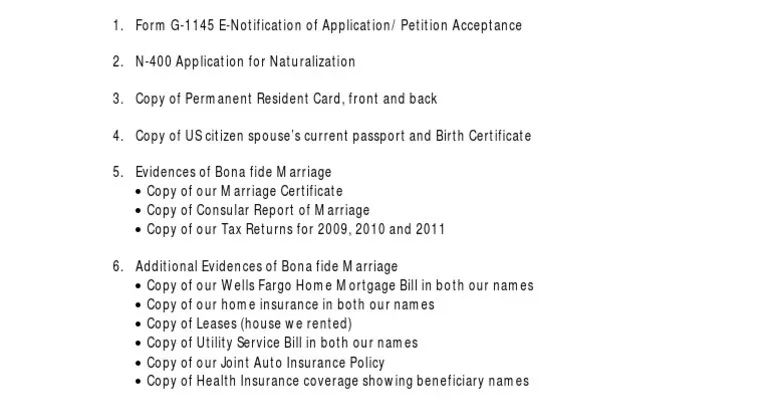
Creating a detailed document checklist is one of the most critical aspects of your cover letter. List every form, document, and piece of evidence you’re including in your application package. This should include Form N-400 itself, copies of your green card, passport photos, and any supporting documentation, such as marriage certificates or tax returns. The checklist should be clear, concise, and easy to follow. It acts as a reference point for both you and the USCIS officer, making it easier to ensure that all necessary materials are present. A comprehensive document checklist reduces the risk of the application being rejected or delayed.
Supporting Documents Overview
Briefly explain each supporting document you are including. For instance, if you’re including a marriage certificate, mention it and clarify the role of the document. If you are submitting copies of tax returns, state the tax years. This helps the USCIS officer quickly understand what the documents are and why they are included. Briefly summarizing supporting evidence in the cover letter allows for a more efficient review of your application. It provides context and helps the officer quickly grasp the significance of the supporting documentation. This added clarity can potentially speed up the processing of your application.
Tips for Organizing Your Documents
Organize your documents logically. It is recommended to arrange them in the order they appear in the document checklist within your cover letter. Use clear dividers or tabs to separate different sections of your application, such as the forms, supporting evidence, and passport photos. This clear organization makes it easier for the USCIS officer to navigate your application package. The goal is to make it as easy as possible for them to find and review all the required information. This can significantly streamline the review process and minimize the risk of errors.
Effective Formatting and Presentation
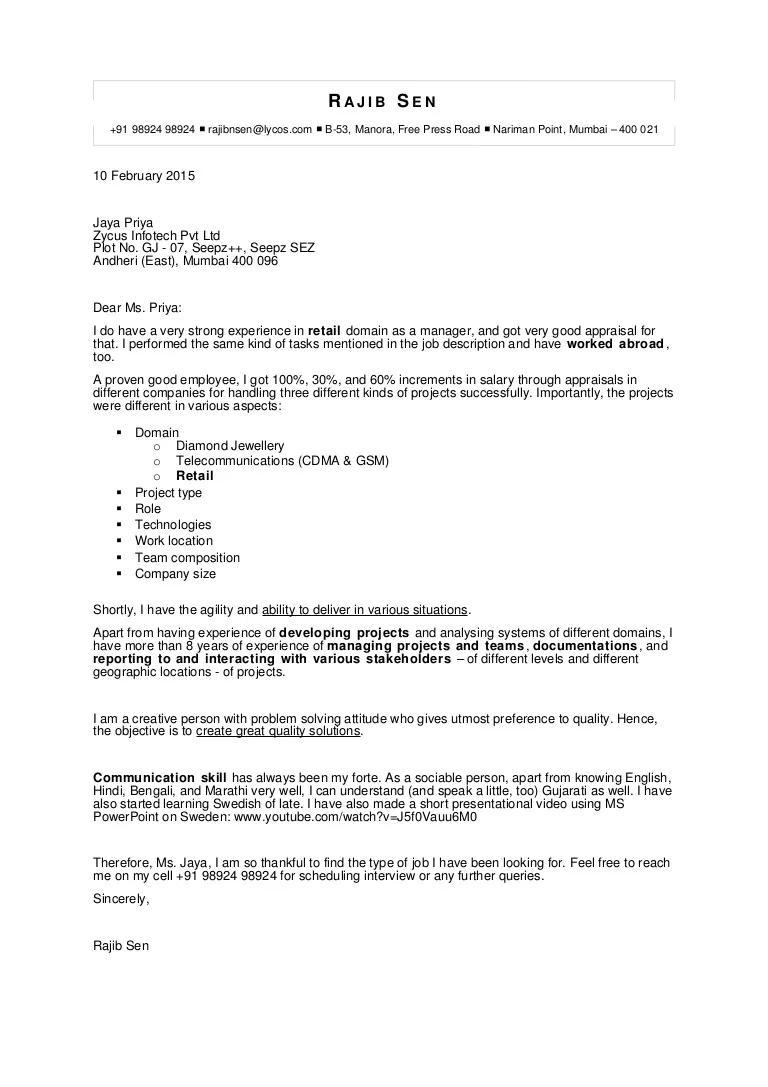
The appearance of your cover letter matters. Ensure it’s professional and easy to read. Use a standard font like Times New Roman or Arial, in a size between 10 and 12 points. Keep the letter well-spaced with margins of at least one inch on all sides. A clean and organized presentation shows that you are serious about your application. Proofread the letter carefully for any grammatical errors or typos. Use a professional tone throughout the letter. Your cover letter is a reflection of your application, so it should be neat, and well-formatted.
Formatting Your Cover Letter
Begin with your contact information in the top left corner, followed by the date. In the top right corner, add the USCIS service center’s address. Next, address the letter to the USCIS officer, using a formal salutation such as “To Whom It May Concern.” State clearly that you are submitting Form N-400, Application for Naturalization. Include your A-Number and any other relevant information. Conclude with a polite closing, such as “Sincerely,” followed by your signature and printed name. Formatting should be consistent throughout the document, making your cover letter professional and easy to understand. See the sample N400 cover letter sample templates.
Font and Spacing
Choose a clear and readable font like Times New Roman or Arial, in a size between 10 and 12 points. This ensures the USCIS officer can easily read your letter. Use single-spaced lines within paragraphs, and double-space between paragraphs. Consistent and appropriate spacing enhances the readability of your cover letter. Ensure adequate margins (at least one inch on all sides) to provide visual space and a professional appearance. Proper font and spacing contribute significantly to the overall presentation of your cover letter, making a positive impression on the USCIS officer.
Addressing USCIS
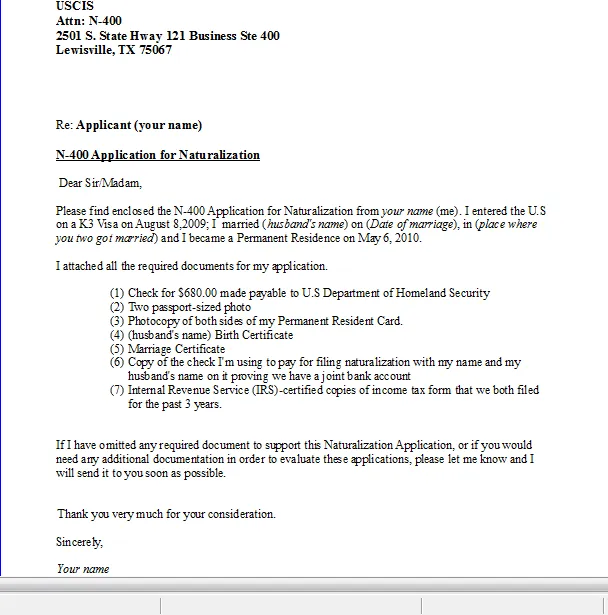
Address the letter to the appropriate USCIS office, using the correct address for your service center. You can find this address on the USCIS website or in the N-400 instructions. It’s acceptable to use a general salutation like “To Whom It May Concern” if you do not know the name of the officer. However, if you have a specific contact, use their name to personalize your cover letter. Always maintain a professional and respectful tone. Avoid slang or informal language. Your cover letter’s formality reflects your respect for the naturalization process and the USCIS.
Common Mistakes to Avoid
There are several common mistakes to avoid when writing your N400 cover letter. These mistakes can lead to delays in your application. Ensuring the accuracy of the information is essential, as incorrect data causes significant problems. Proper formatting and a comprehensive document checklist are critical. Avoiding these errors can help you avoid application delays and ensures that your application is processed more efficiently.
Incorrect Information
One of the most common mistakes is including inaccurate information. Double-check all dates, names, addresses, and other details in your cover letter. Incorrect information, such as a misspelled name or an incorrect date of birth, can lead to processing delays and even requests for more evidence. Always cross-reference the information with your official documents, such as your green card and passport. Accuracy is paramount in immigration applications. Providing correct information ensures a smoother and more efficient process.
Poor Formatting
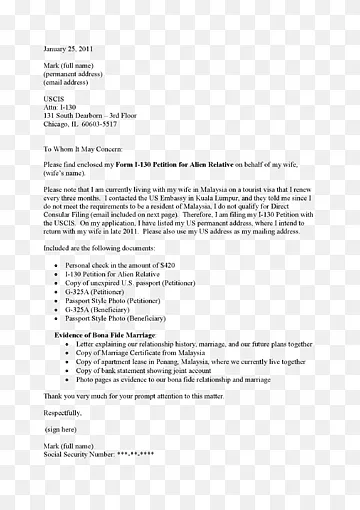
Poor formatting can make your cover letter difficult to read and negatively impact your application. Ensure that you use a clear and readable font with appropriate spacing. Avoid using overly complex fonts or excessive formatting that can distract from the content. Proofread your letter carefully for grammatical errors and typos. A well-formatted letter presents a professional image and indicates that you are serious about your application. Maintaining clarity and simplicity ensures that your message is easily understood.
Incomplete Documentation
Failure to include all required documents is a significant error. Review the N-400 instructions and the USCIS website to make sure you’ve included all the necessary supporting documents. Your cover letter should include a detailed checklist to ensure everything is present. Leaving out essential documents can lead to delays and requests for evidence. Always double-check your checklist before submitting your application. Proper documentation ensures a complete application, thus minimizing delays in processing.
N400 Cover Letter Sample Templates
Using a sample N400 cover letter can be a helpful starting point. Many templates are available online and can provide a clear structure for your own letter. You can find these templates on immigration law firms’ websites, government resources, or legal aid websites. When using a template, customize it to fit your unique circumstances. Be sure to replace the sample information with your own. Always adapt the template to include all the specifics of your situation. Consider consulting with an immigration attorney for personalized advice.
Sample Cover Letter for N400 Application
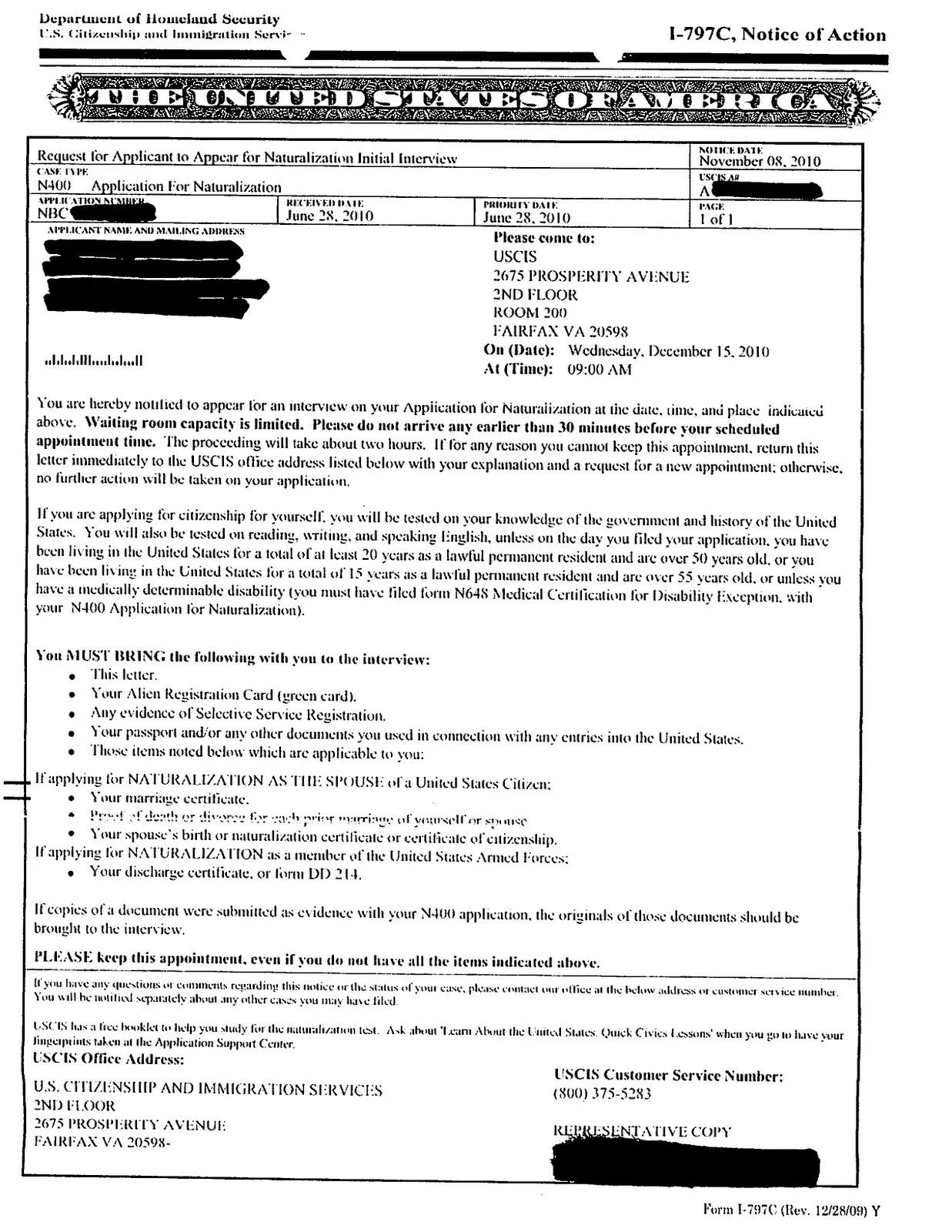
A sample cover letter helps you see the format and style required for your application. [Insert a brief example here with placeholder data such as Applicant’s Name, Address, USCIS Address, A-Number, etc. This allows the user to fill in the blanks and gives them the overall outline of what is needed.] This example should include all the necessary elements, such as applicant information, the purpose of the letter, a document checklist, and a polite closing. Remember that the sample is a template, and you need to customize it to reflect your own unique situation. Consulting the N-400 instructions from the USCIS can assist you.
Tailoring the Cover Letter to Your Situation
While a template can be a good starting point, you must tailor your cover letter to your specific circumstances. If you have any special circumstances, such as a name change or naturalization through marriage, be sure to address them specifically in your letter. Provide all relevant details and any supporting evidence. Tailoring your cover letter allows you to clearly and concisely present your case to the USCIS. This is crucial to making sure all relevant details are highlighted.
Special Circumstances
If you have any special circumstances that might affect your application, address them directly in your cover letter. This includes any past criminal history, any time spent outside the United States, or any other relevant information that the USCIS needs to know. Providing this information upfront can help the USCIS understand your situation and avoid any potential misunderstandings. It demonstrates your transparency and honesty. It shows that you are actively providing all the information required for your application.
Naturalization Through Marriage
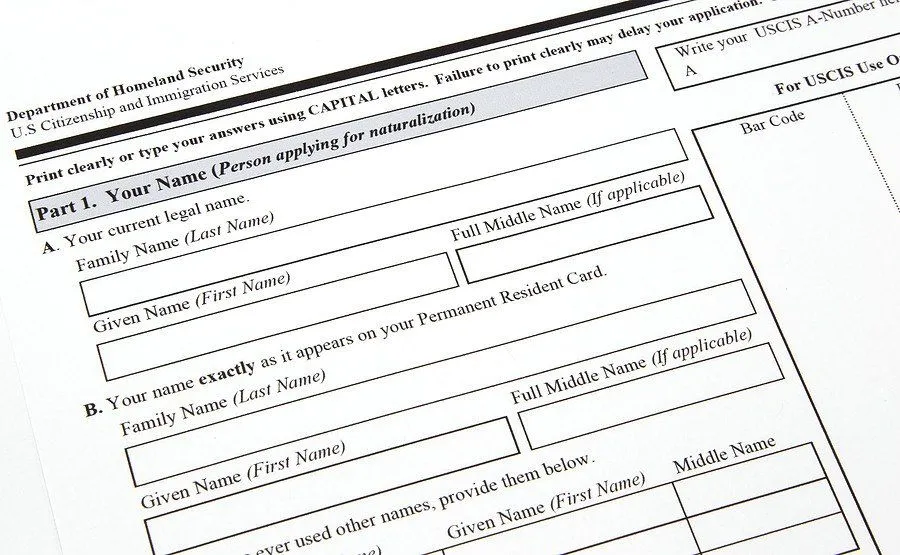
If you are applying for naturalization through marriage, you must provide additional documentation to prove the validity of your marriage. This includes a copy of your marriage certificate, proof that your spouse is a U.S. citizen, and evidence that you are living together. Be sure to mention your eligibility for naturalization through marriage in your cover letter. Providing all required documentation can reduce the risk of delays and increase the likelihood of approval. Always follow the requirements listed in the N-400 form instructions.
Finalizing and Submitting Your Application
Before submitting your application, carefully review your N400 cover letter, all forms, and all supporting documentation. Double-check all the information for accuracy and completeness. Make sure everything is organized and presented professionally. Make copies of all documents for your records. This is essential for your own reference. Mail your application to the appropriate USCIS service center. Follow the instructions and guidelines provided by the USCIS to ensure proper submission. Preparing a perfect N400 cover letter is essential for a smooth and efficient naturalization process.
